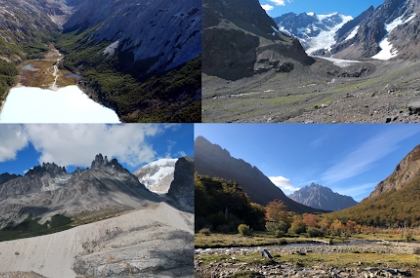Climate change is having a significant impact on geomorphology, affecting the shape and structure of the Earth’s surface.
Increased temperatures are causing glaciers and ice caps to melt at a rapid pace, leading to rising sea levels and changes in coastal landscapes.
Research has shown that extreme weather events, such as flooding and landslides, are becoming more frequent and intense due to climate change.
Scientists have discovered surprising findings when studying the effects of climate change on geomorphology, highlighting the need for further research and action to address these impacts.
One study found that melting ice in polar regions is causing shifts in the Earth’s crust, leading to increased seismic activity and potential for earthquakes.
Another study revealed that the thawing permafrost in Arctic regions is releasing large amounts of greenhouse gases, further exacerbating climate change.
These research findings underscore the interconnectedness of climate change and geomorphology, highlighting the urgent need for mitigation efforts to reduce the impacts of climate change on our planet’s landscape.
By understanding the relationship between climate change and geomorphology, we can better prepare for and adapt to the changing landscape and protect our environment for future generations.

